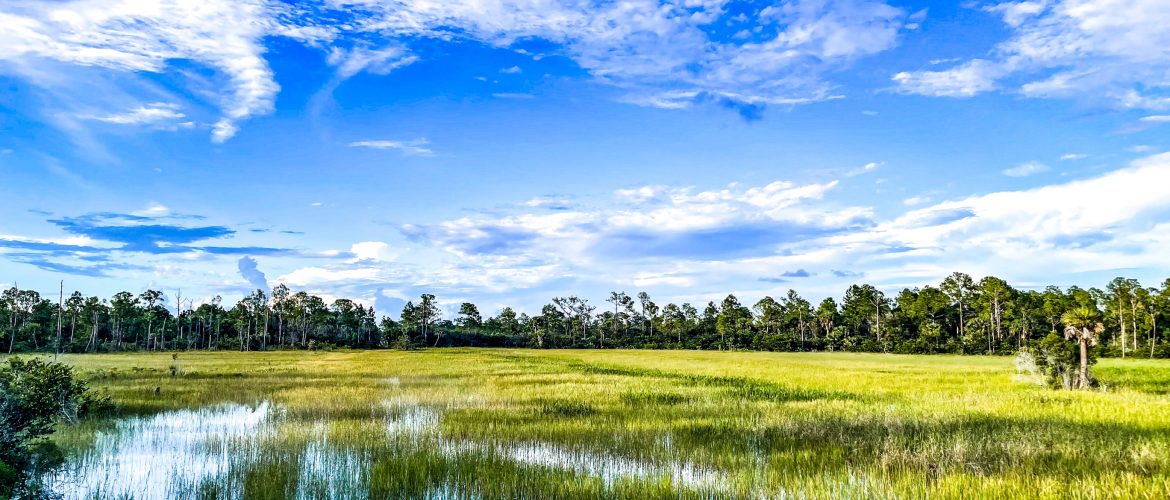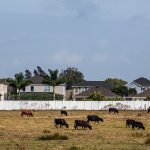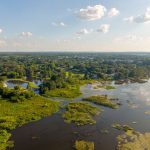Process of Determining Mitigation Credit Need
Depending on the acreage/square feet to be impacted; as well as the quality of the wetland to be impacted, will determine how many credits are needed. An analysis will be performed by an environmental consultant to seek if the condition of the wetland to be disturbed is insufficient, has minimal level of support, less than optional, or fully supports wetland & surface water functions (0-10).
For example, let’s say you have 1 acre of low quality wetland, and with this scenario, the mitigation credits are $125,000.00/Credit; the price would be approx. $50,000.00/acre ($125,000.00 x 0.4). Credits can be sold as low as 0.01 credit or 0.1 credit depending on the mitigation bank.
First Step is to get in touch with a wetland environmental consultant to do a wetland delineation per your site plans and score the wetlands via UMAM. This will give us the accurate number of credits needed for the proposed wetland disturbance.
Second Step is to have the same wetland environmental consultant to help you submit an application with SJRWMD and/or FDEP, which will have the conditions of the required mitigation to offset the proposed impact. Once the mitigation credits are paid in full and the necessary permits are issued for your Environmental Resource Permit (State) and/or Clean Water Act Section 404 Permit (Federal) then you can move forward with your project!
Here is a chart to score the wetland quality, which will dramatically differ.
Case Example
Mitigation Credits are $125,000.00
Low Quality Wetland (UMAM Score: 0.4): $50,000.00/acre of impact
Average Quality Wetland (UMAM Score: 0.8): $100,000.00/acre of impact
You can see the dramatic difference in the financial recourse regarding the quality of the wetland/surface water functions that will be adversely disturbed. Therefore, it was vital to have a UMAM score obtained from an environmental consultant to understand if the wetland on your property is considered: LOW, AVERAGE OR HIGH QUALITY.
Optimal (10)
Condition is optimal and fully supports wetland/surface water functions
Moderate (7)
Condition is less than optimal, but sufficient to maintain most wetland/surface water functions
Minimal (4)
Minimal level of support of wetland/surface water functions
Not Present (0)
Condition is insufficient to provide wetland/surface water functions











